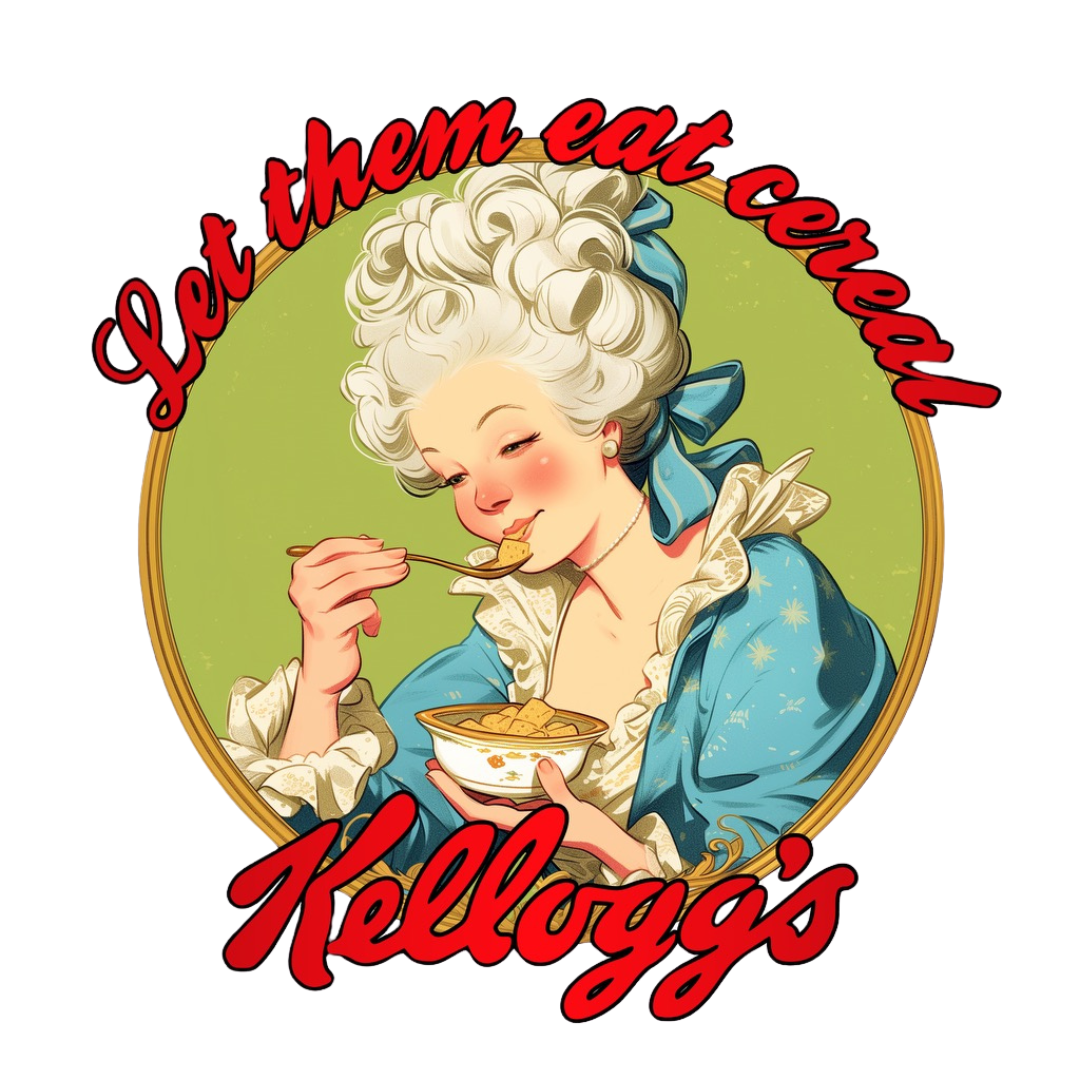The Hidden World of White Labeling: Choice, Confusion, and Corporate Strategy
In the labyrinth of modern grocery aisles, the phenomenon of white labeling by companies like Kellogg's represents a strategic move that extends beyond simple brand extension. It's a tactic that, while profitable for corporations, often serves to limit real choice and confuse consumers. When the CEO of Kellogg's suggested that families could opt for cereal for dinner amidst rising food prices, he pointed to one of their higher-priced products, not their white label alternatives that could be more affordable. This move underscores a broader issue: white labeling is not about consumer benefit but about maximizing corporate profit margins.
White Labeling Unveiled
White labeling occurs when a company produces goods to be branded and sold by another entity, effectively allowing the same or similar products to flood the market under various guises. This strategy can dilute consumer choice—masking the illusion of diversity with a reality where few corporations control a large swath of the market.
Examples and Implications
Consider a company like Kellogg's, which might produce a cereal sold under its flagship brand alongside a virtually identical product distributed under a store brand. While the packaging and price might differ, the nutritional content can also vary, often making the cheaper option less nutritious. However, this is not always transparent to the consumer, who may believe they are making an entirely distinct choice.
Nutrition variation aside, one of the most intriguing aspects of white labeling is the profit margin. Conventional wisdom might suggest that generic brands, being cheaper, yield lower profits. Yet, the reality can be counterintuitive. Generics, or white-labeled products, often have higher profit margins for retailers and can also be lucrative for manufacturers due to the scale of production and lower marketing costs.
The Profit Margin Puzzle
Without specific figures—which companies like Kellogg's closely guard—it's challenging to present exact stats on profit margins. However, industry analyses suggest that white-labeled products frequently offer a better return on investment than their branded counterparts. This is due to several factors, including lower marketing and branding expenses, and the ability to produce large volumes of product destined for multiple retailers under different names.
Consumer Impact
The practice of white labeling, while beneficial for product diversity and price competition in theory, often leaves consumers navigating a confusing marketplace. The true origin of products becomes obscured, making informed choices about corporate practices and product quality more difficult. Furthermore, when executives like Kellogg's CEO make suggestions about food choices without transparency on more affordable alternatives, it highlights a disconnect between corporate profits and consumer welfare.
Conclusion
The world of white labeling is a complex one, where the lines between brands blur, and consumer choice is more restricted than it appears. As consumers, staying informed and critically evaluating the products we choose is vital. By pushing for transparency and holding corporations accountable, we can advocate for a market that truly serves our interests and offers real choices that align with our values and needs.
While white labeling will likely remain a staple of corporate strategy, understanding its dynamics empowers us to make better decisions and call for a more transparent, consumer-friendly approach to the food we eat.
